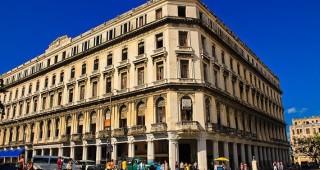On Empedrado Street, between Cuba and San Ignacio, a few doors from the famous Bodeguita del Medio, stands this building which belonged to Don Santiago de la Cuesta, Conde de la Reunión. Its style is predominantly baroque, evidenced in the asymmetric spatial layout, especially in the inner courtyard; however, its façade is strictly symmetric with a continuous balcony that has a discreet curvature at each end as if seeking coherence and harmony with the interior.
Upon the Count’s death, the house was passed down to his wife and is therefore also known as the house of the Countess de la Reunión. Today it is home to the Fundación Alejo Carpentier since part of the action of the novel The Age of Enlightenment by the celebrated writer was set in this mansion.
This foundation was created by the Ministry of Culture on May 24, 1982, to research and promote the work and aesthetic thinking of one of Cuba’s most important 20th-century authors, Alejo Carpentier y Valmont, as well as contemporary Cuban literature in general.
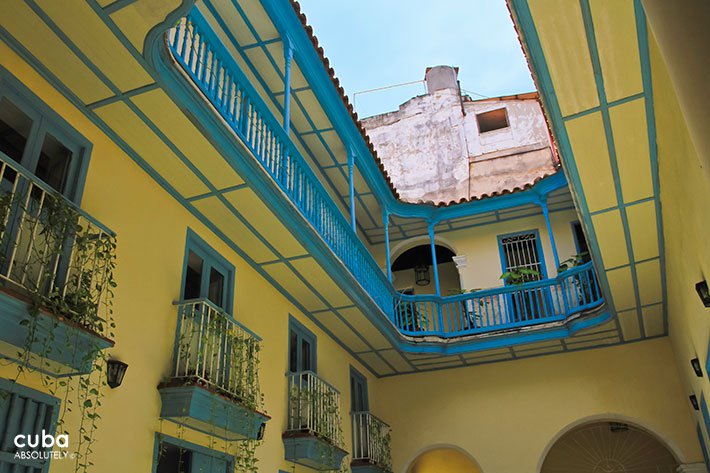
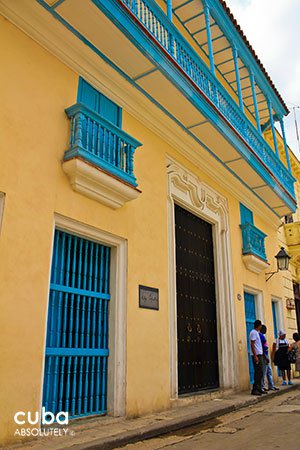
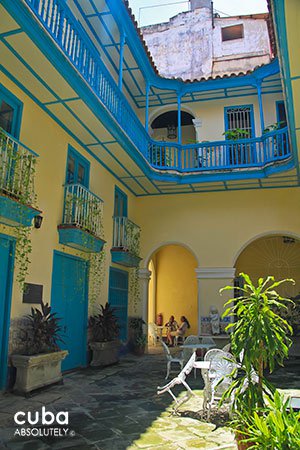
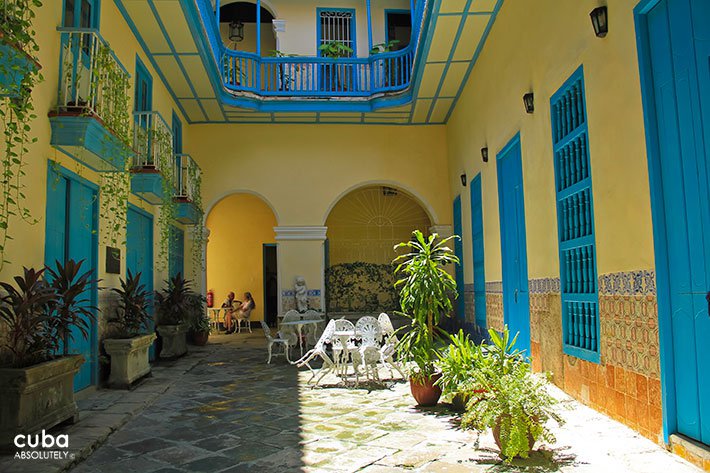
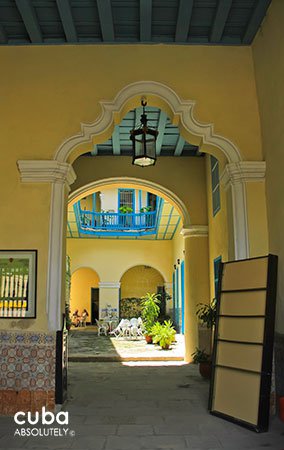


 Art Nouveau
Art Nouveau







